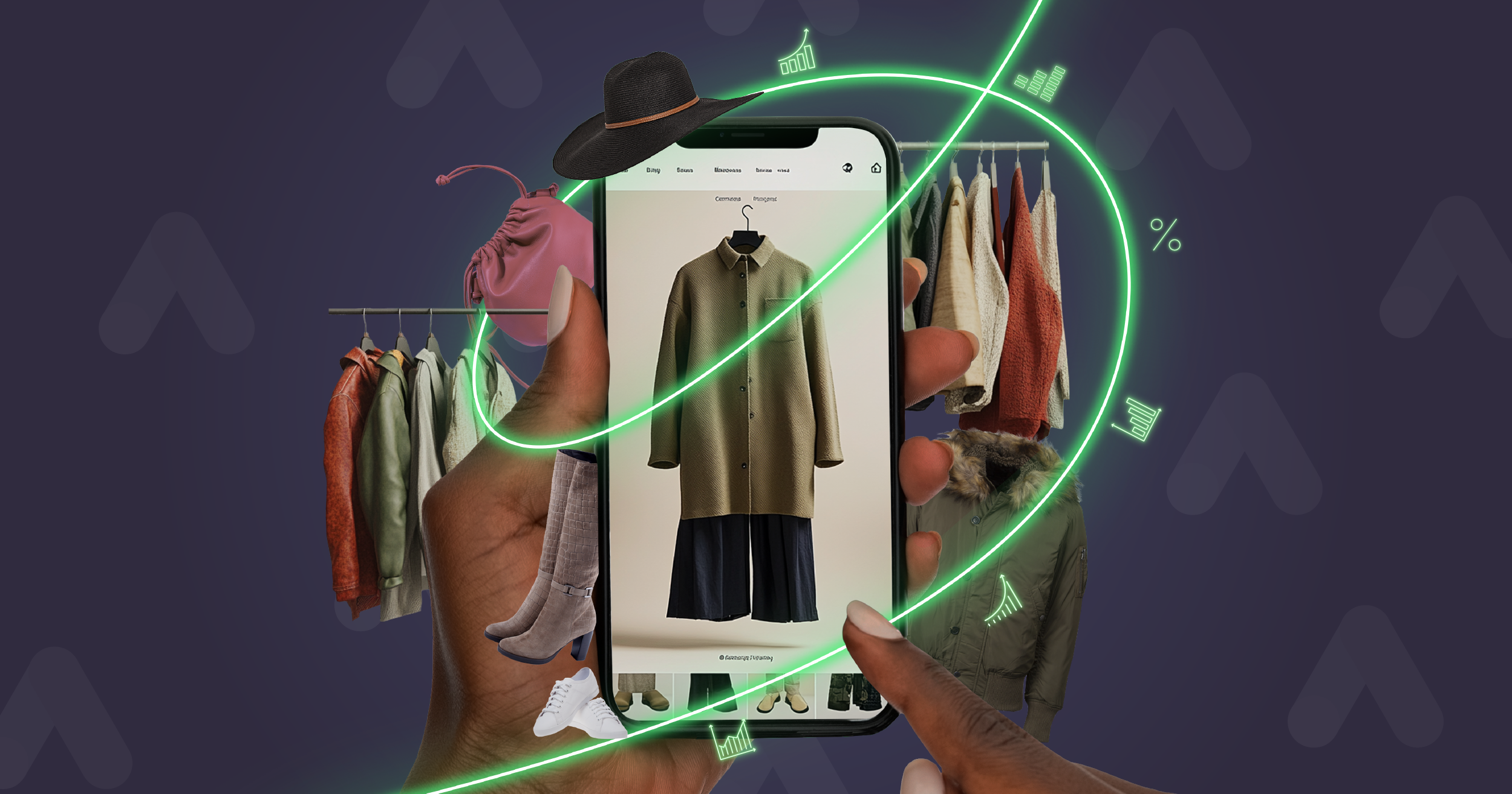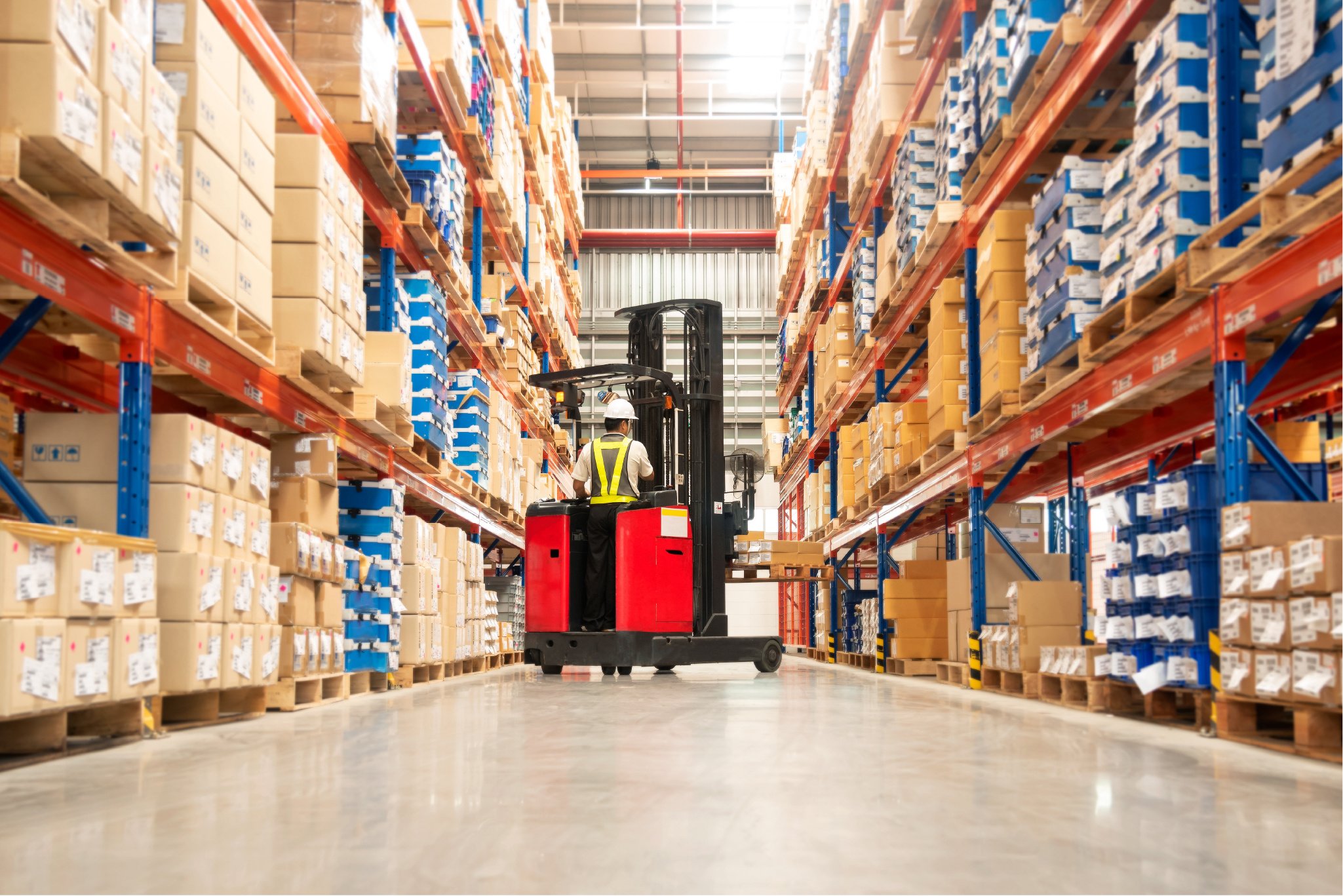The Future of AI Adoption
Clear conclusions emerge from the study of the practical uses of AI by the 10 AI Adopters.
Among the retailers profiled, investment and experimentation in AI technology abounds. But that doesn’t answer the question of where individual businesses should invest first, or how to start.
To help elucidate the sometimes confusing and always fast-moving world of AI use in retail, and adaptive AI in particular, we have identified the following key messages.
Mixing AI is good practice
“What we’re seeing in the retail space is much more about the use case and the business case rather than ‘I want to use this flavour of AI’,” says Darshan Chandarana, emerging technology lead for the UK at PwC.
Chandarana says that while different types of AI are common, choosing between them is not a matter of learning everything about every type and then investing deeply in that one thing. Rather, retailers and brands are using a pragmatic, mix-and-match approach, building a system that might use some elements of traditional AI, some adaptive tools, and some AI content generation, all to achieve the same end.
“Actually, what we’re seeing, and the great conversations that we’re having with a lot of retailers, is much more business-oriented,” Chandarana says. “‘How can I use AI – and machine learning, and whatever [else] – in my supply chain?’; ‘How can I use AI to detect weak signals in my supply chain [and] figure out what the threats are to me delivering the Spring fashion range, for example?’; or ‘How can I use AI to generate content for marketing copy?’”
To take one example, personalisation is a key area in which retailers are beginning to see a compelling use case for AI. The ability to gather, store, and analyse data about customers’ behaviours and preferences has already proven useful, allowing retailers to make more relevant recommendations. But it can still be clunky: customers are often advertised the very product they have just bought, for example.
Machine learning and other forms of AI could refine and smooth this process. It can ensure customers are only recommended highly relevant products, and even tailor ad copy to their personal preferences through generative AI.
AI’s presence in logistics planning can then mean customers are delivered the desired product more swiftly, alongside other items ordered separately, with less carbon use. It is even likely that the shirt a customer has bought will fit them better, the shade of eyeshadow will suit them, or the paint for the kitchen walls will be guaranteed to match the tone of the cabinets.
Our AI Adopters also evidence how the journey to implement AI is just that: a journey. Retailers are in vastly different places on the road to adopting the new technologies. Some are years ahead, but that should not put off those at the start of their journeys. It is heartening to know that it’s possible to experiment and see what works and what does not, and to carefully assess where in-house investment would pay off versus buying a service from a company set up to fill the AI need.
AI democratises access to data
As retail has expanded and big data has got bigger, the ability to analyse data has become more of a specialisation. But AI could reverse that trend, allowing more people to access the data in easily understandable ways, says Retail Week’s Lisa Byfield-Green.
“Those large language models, and being able to use natural language, is a benefit on both sides,” she says. “If you have that ability within your organisation, then it falls to everyone within the organisation to be able to access the data.”
Whereas an IT department or professional analysts might have been the gatekeepers of data in the past, she says, AI offers data to users in very digestible forms. “You do not have to look at some dashboard that you might not understand to get the information that you might need. It democratises that access to the data to everybody.”
John Lewis, for example, has talked about being able to generate ideas from anywhere, because AI makes it easy for any colleague to see something in the data that they really understand well – such as a particular category that they deal with.
In the best-case scenario, Byfield-Green believes the more AI is used to hone data, “the easier it is to make it accessible to anybody.”
AI works best in collaboration with great people
Many of the retailers we spoke to describe the importance of hiring and retaining excellent human employees who work alongside the technology, and are not put off by it.
“Retailers are commonly reporting using AI in conjunction with really good people,” says Byfield-Green. “So, you cannot have one without the other. You’ve got to merge the two. You’ve got to have a really strong team that know what they’re doing, know what they’re looking for in the data, and know what they want to use AI for. And you’ve got to have a great system.”
She adds: “If you’re missing great people, then you’re going to miss the insights that come out of the technology. And if you’re missing the technology, then you’re still scrambling around in the dark, trying to get the insights, without the help of the technology.”
It is highly likely that some job numbers will be reduced by AI adoption. The experts we spoke to counselled on the need to recognise employees’ fear of being replaced and to tackle it head on. They advised countering any apprehension with training, transparency, and offering employees the chance of adding value when machines – whether in the form of software or physical technologies such as robots – take on certain time-intensive tasks.
AI is becoming more central to retail
There are huge opportunities to be found in the adoption of AI technologies – as well as pitfalls. Yet the conclusion from our interviewees is that avoiding AI is simply not an option.
“The reality is that AI is touching every single part of the retail value chain,” says Richard Lim. “Those that don’t embrace it and have their head in the sand when it comes to this type of technology really risk becoming irrelevant within the industry.”
He adds: “There is so much pressure on profitability, and on using data to drive better business decisions, that the companies leaning in have a real, pivotal, competitive advantage over those that don’t.”In an ideal world, AI use will have very real benefits, not just for the bottom line, but for people and planet as a whole, Lim says.
Looking to the future of supply chains, he believes there’s a very real possibility to imagine better, AI-driven data use leading to more accountability, such as carbon footprint, which has historically been very hard to track all the way through the complex supply chain of a product that might contain thread from one continent, metal from another, and sewing expertise from a third, for example.





